Complete list of ground rooting varieties
Last Update :2024.11.06
Article Catalog
Large-leaf Phoenix: It is the most common variety that takes root on the ground. The leaves are opposite and the petioles and stems are all bright green. Small-leaf phoenix: The leaves are opposite, smaller, and have thicker, succulent leaves. Tiger-striped phoenix: The tiger-striped phoenix has sword-shaped leaves. Curly-leaf phoenix: an odd number of two reply leaves grow on opposite leaves. Jade Diao Zhong: The leaves are tender green and the leaf edges are purple.
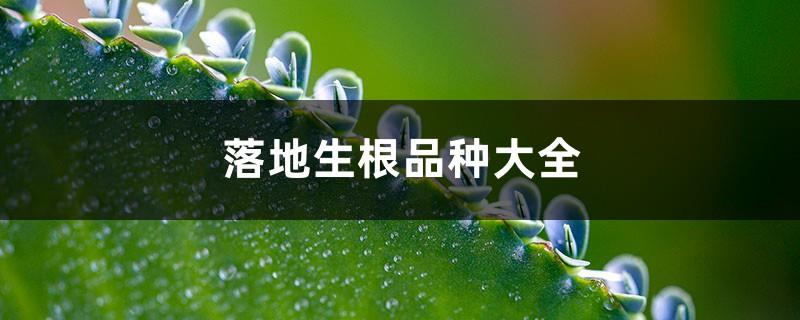
Big leaf phoenix
The most common species, bar none. The opposite petioles and stems of the leaves are all tender green. Exposure to the sun can cause irregular pink areas to appear on the page. The vegetative reproduction is relatively active. Usually after there are 3 pairs of true leaves, obvious buds will begin to appear, and vegetative reproduction will begin.

Little Leaf Phoenix
The more common varieties have opposite leaves, smaller leaves, thicker succulent leaves, green leaves, dark green spots on the leaves and backs, and pink stems with green spots. Colorful, it can grow very cute if managed properly. This variety has stable Jinhua variants.
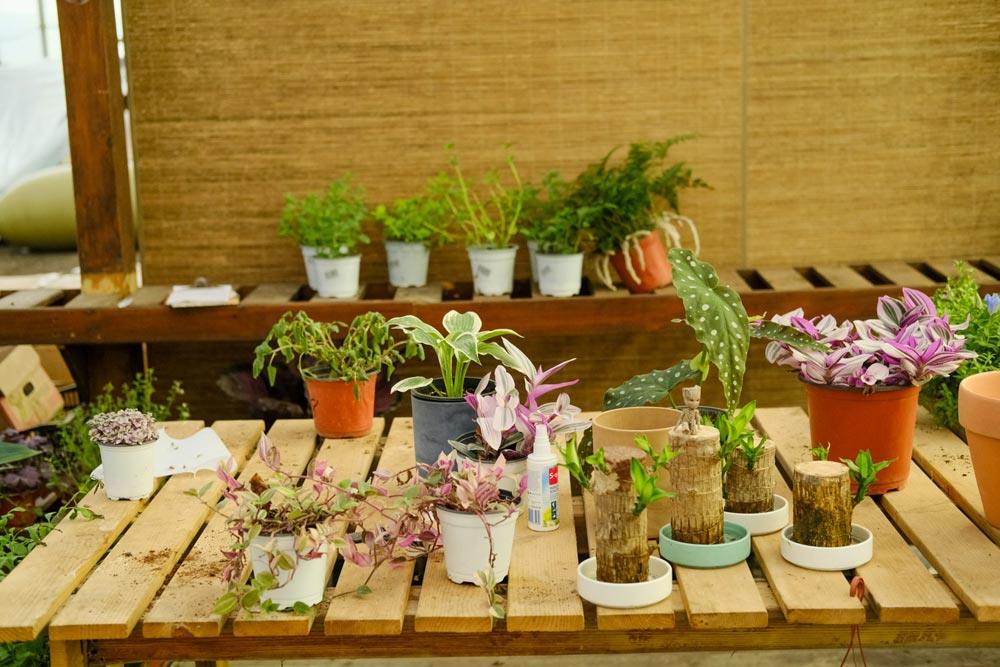
Phoenix with stick leaves
< /p>
The more common varieties have alternate leaves and are club-shaped. The whole plant has obvious hoarfrost, so it is pale green. There are dark green spots on the surface and back of the leaves. The stems are usually pale. dark green.
Due to the shape of the leaves, there are fewer bud seats on the leaves, but the buds are very active and can grow very high without stopping.
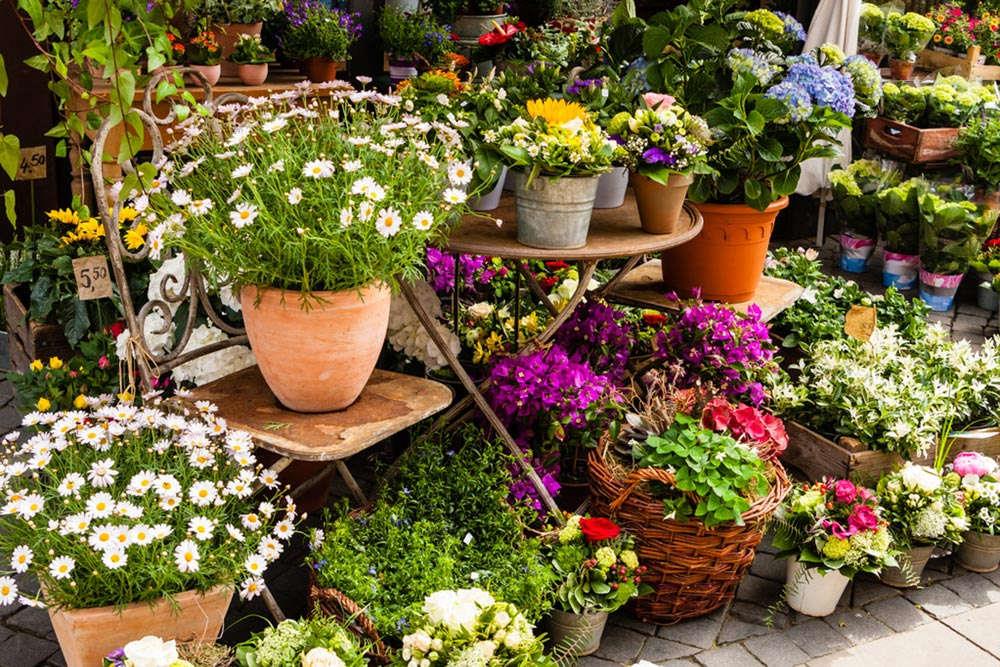
Tiger Striped Phoenix
< /p>
A more common variety, often confused with large leaves, with opposite leaves. The tiger-striped leaves are sword-shaped, with dark green leaves and dark purple tiger skin patterns on the back of the leaves. They can grow very tall and extremely Easy to get angry and take root.
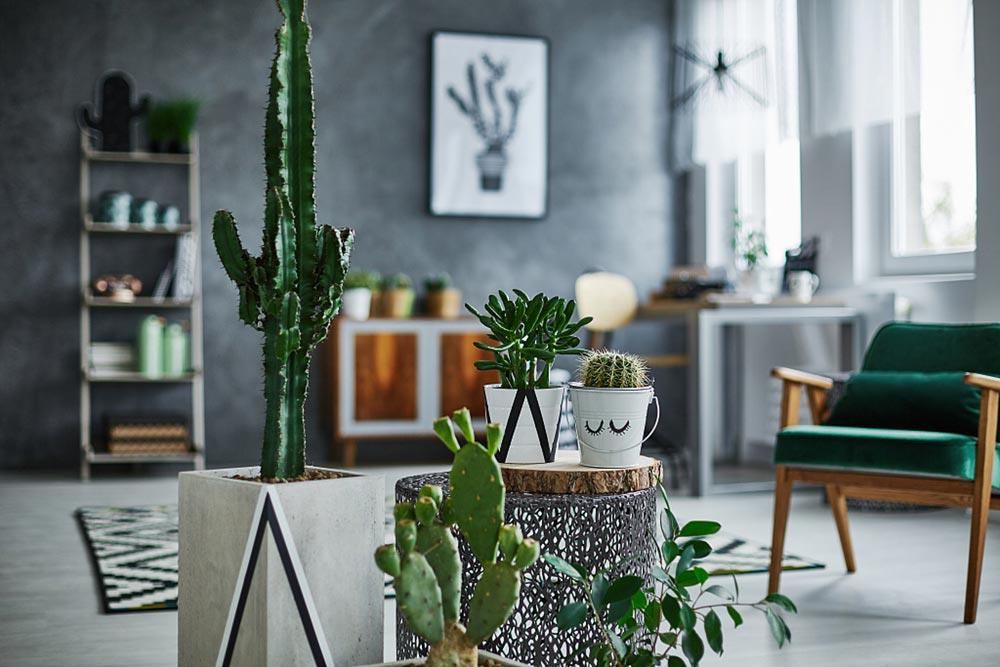
Rolling Leaf Phoenix< /h2>
Wild species, mostly wild in southwest China. There are an odd number of two opposite leaves with flat leaves and clear veins. On well-grown plants, the leaves will curl into a spoon (teaspoon, spoon) shape.
The leaves are tender green and oval, with a purple ring on the edge, purple petioles, and green stems. This kind of phoenix does not actively reproduce vegetatively and will not produce small buds like lace. When the leaves fall off Or the roots of the plant will wither, and the leaves and petioles will sprout aerial roots that look downwards to the soil. After the roots are firmly established, the plant will grow again.

Jade hanging clock
A very popular variety with opposite leaves, tender green leaves with a pink-purple edge, and obvious white frost on the whole plant. Famous in horticultureAlso called "Dance of the Butterflies". Vegetative reproduction is not active. Leaves will fall off or the root system will wither before leaf buds will take the initiative. There will be no bud base and stable growth. Jinhua variant.
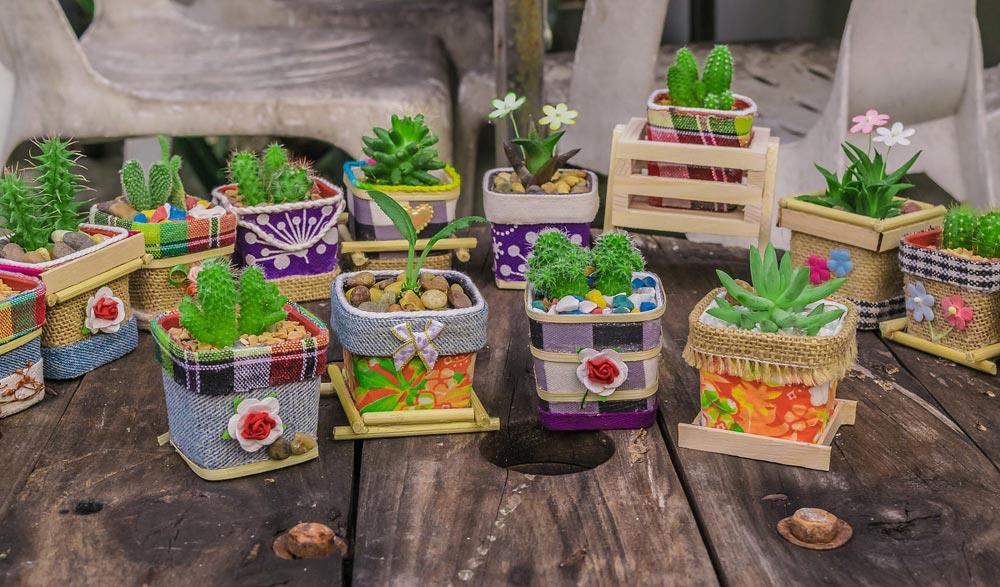
Bai Ji's Dance
Basically the same habits as the jade bell above , what is special is that the leaves of Baijizhiwu have no blunt teeth, so when they bud, they put a small bag on the edge of the leaf in a very strange way, and then slowly turn into small buds.
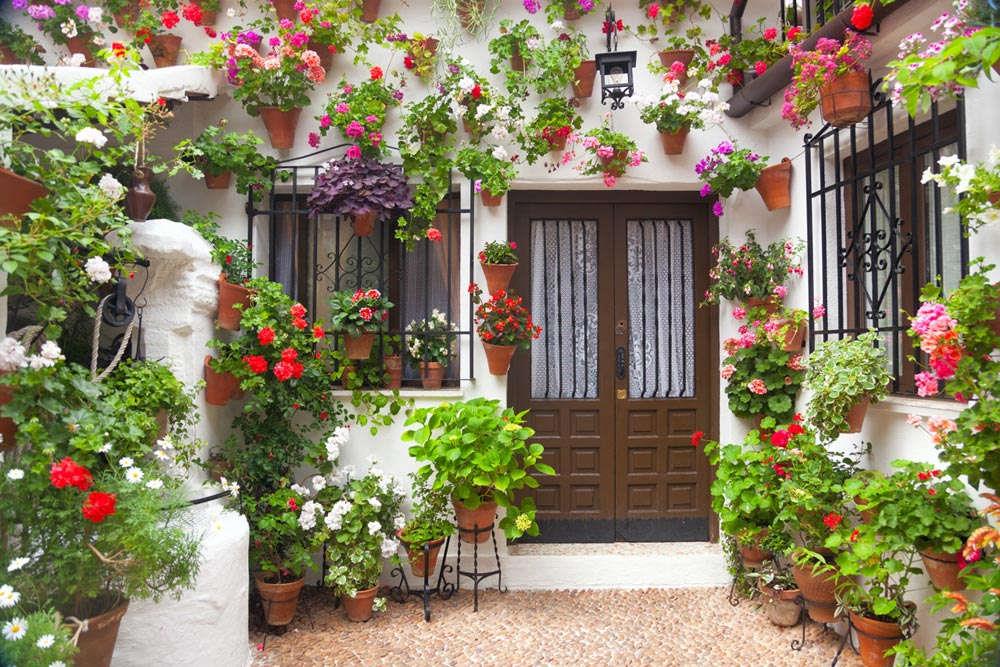
Palm beads
A rare variety with opposite leaves and dark purple dotted lines on the front and back of the leaves. Thick hoarfrost will appear on the whole plant. The sweet thing should be starch based on my tongue identification and I will wipe it off. The leaves turn dark green after whitening. Although the leaves are wide, each leaf only has a few bud seats at the tip. The name of the palm bead is also derived from the appearance of "a large leaf holding several small seedlings".
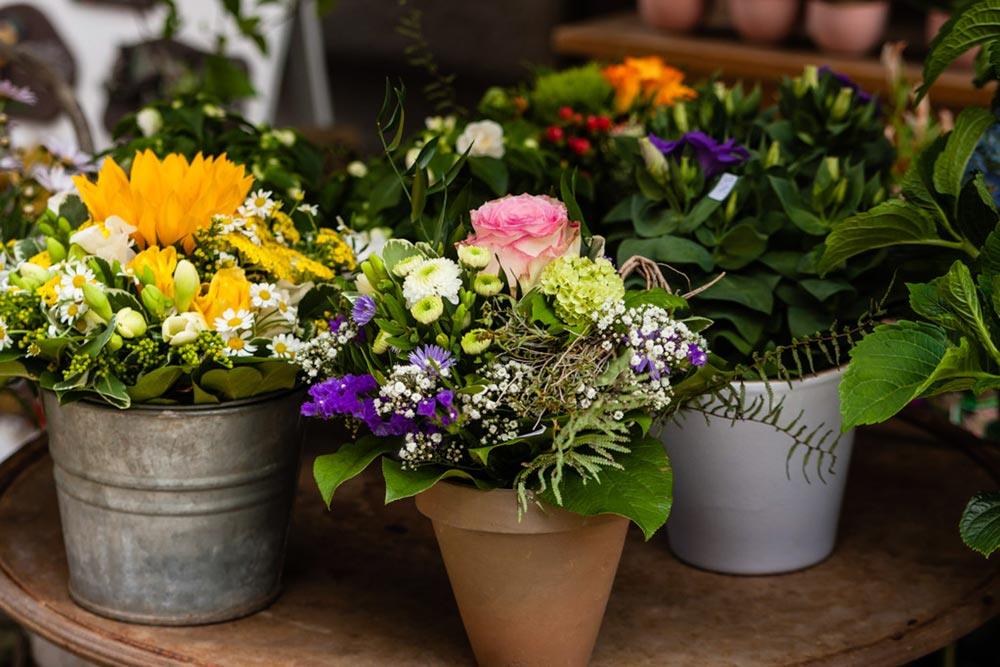
Palace Lantern Longevity Flower h2> First of all, explain why the Gong Lantern longevity flower is classified into the genus Fallen Root. It has been confirmed that the Palace Lantern longevity flower will not produce leaf buds, nor will it grow when it is about to die. However, the difference between Kalanchoe and the Fall Root genus is in the flowers. Without exception, the plants all have bell-shaped flowers.

- END -
How to grow brocade lanterns

Soil: It is better to plant in neutral or weakly acidic and alkaline soil with goo...
What tree has mulberry on it?

There is Phellinus linteus on mulberry trees. It belongs to a fungus that lives on...